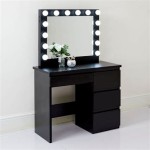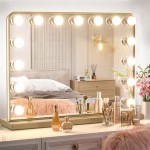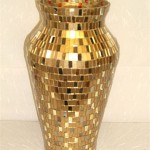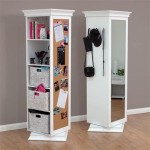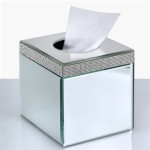Dressing Room Mirror Dimensions
Retailers understand the profound impact a well-designed dressing room has on a customer's purchasing decisions. A key element contributing to this experience is the dressing room mirror. Its size, placement, and type significantly influence how shoppers perceive garments and, ultimately, whether they make a purchase. Understanding the nuances of dressing room mirror dimensions can help retailers optimize the customer experience and drive sales.
Standard Mirror Sizes and Their Impact
While there's no universally mandated standard size for dressing room mirrors, certain dimensions are commonly used. Full-length mirrors, typically ranging from 48 to 72 inches in height and 20 to 24 inches in width, are prevalent. These dimensions allow shoppers to see their entire outfit, providing a comprehensive view of how garments fit and drape. Wider mirrors, sometimes extending up to 36 inches, cater to the need for viewing outfits from different angles and can accommodate multiple individuals in larger changing rooms. Smaller mirrors, often positioned above a counter or vanity, are beneficial for checking accessories and makeup.
The Psychology of Mirror Placement
The placement of the mirror within the dressing room is just as crucial as its size. Positioning the mirror directly opposite the changing area allows for a straightforward, head-to-toe view. Angled mirrors, while sometimes employed for stylistic reasons, can distort the reflection and potentially negatively impact a shopper's perception of their appearance. Adequate lighting plays a vital role in conjunction with mirror placement. Well-lit dressing rooms enhance the clarity of the reflection, enabling shoppers to accurately assess the color and texture of clothing.
Three-Way Mirrors: Benefits and Considerations
Three-way mirrors offer shoppers the advantage of viewing their reflection from multiple angles simultaneously. This allows for a more thorough assessment of fit and style, enabling customers to see how clothes move and drape with their body. The central panel of a three-way mirror is typically the largest, providing the front view, while the side panels offer angled perspectives. However, three-way mirrors require more space within the dressing room and should be positioned carefully to avoid creating a cramped or claustrophobic feeling.
Mirror Frame Styles and Materials
The frame of the mirror, while seemingly a minor detail, can contribute significantly to the overall aesthetic of the dressing room. Frame materials range from simple wood or metal to more ornate and decorative options. The frame style should complement the overall design and branding of the store. A minimalist frame might suit a modern, sleek retail environment, while a more elaborate frame could enhance a vintage or luxury aesthetic. The frame color should also be carefully considered, ensuring it doesn't clash with the lighting or wall color and that it complements the clothing being tried on.
Accessibility and Inclusivity in Mirror Design
Retailers are increasingly prioritizing accessibility and inclusivity in their dressing room design. For customers with mobility limitations, ensuring adequate space for maneuvering within the dressing room is essential. Mirrors should be positioned at a height accessible to individuals using wheelchairs or other mobility devices. Additionally, providing seating within the dressing room can enhance comfort and accessibility for all shoppers.
The Impact of Lighting on Mirror Effectiveness
Lighting plays a pivotal role in how shoppers perceive their reflection in the dressing room mirror. Natural light is ideal, but often not feasible in enclosed dressing room spaces. Warm, flattering lighting is generally preferred over harsh, fluorescent lighting that can cast unflattering shadows. Adjustable lighting controls can empower shoppers to customize the lighting according to their preferences, further enhancing their experience.
Maintenance and Cleanliness of Dressing Room Mirrors
Maintaining the cleanliness of dressing room mirrors is crucial for upholding a positive customer experience. Regular cleaning ensures that fingerprints, smudges, and dust do not detract from the reflection. A clean and well-maintained mirror reflects a retailer's attention to detail and commitment to providing a pleasant shopping environment.

Standard Sizes And Dimensions Of Home Furniture Engineering Discoveries Dressing Table Mirror Design Small Washroom

Dressing Table 39 5 Wide Vanity With Mirror Gkw Retail

Dressing Room Mirror Steel Regina Andrew Detroit

Dressing Mirror Size Dimension Width 23 Inches Depth 14 Height 78 At Rs 13824 In Ratangarh

Artiss Dressing Table Mirror Stool Jewellery Cabinet Makeup Organizer Drawer Myer

Standard Sizes And Dimensions Of Home Furniture Dressing Table Design Sketches

Makeup Vanity Dimensions With Drawings Upgradedhome Com

Standard Sizes And Dimensions Of Home Furniture Dressing Table Simple Design

Modular Handmade Brown Engineered Wood Dressing Table With Mirror Dimension L W H 600x300x1800 Inch In At Best Delhi Victus Retail Pvt Limited

Bathroom Mirror Size Calculator Double Vanity Rectangular Custom

